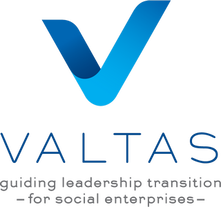THE LATEST FROM VALTASNews, updates, and stories to keep you in the know.
|
 Serving on the board of directors for a nonprofit organization offers opportunities to support the community through focused, mission-driven work. It also brings the opportunity to help guide the organization in how it does that both now and in the future. While the staff is charged with delivering on the plans and goals previously set, the board of directors is responsible for looking to the future. That responsibility includes the question of whether the organization’s mission will be delivered in the future to be of the most benefit to the community and, if so, what form that will take operationally. The prevailing wisdom in the nonprofit sector is that there are way more nonprofit organizations than there are resources to go around to support their missions. Many of us have had the experience of tripping over each other as our mission delivery strategies overlap. But who wants to be the one to suggest consolidation, merging, or simply closing a struggling organization? On the other side of the coin, who wants to raise the idea of a thriving organization taking on an aligned organization’s “baggage”? Merging and aligning are touchy subjects! Why Make This Decision? Fiduciaries (board members) of 501c3 organizations are legally obligated to put purpose and community first. Your organization is “tax-exempt” because you are providing a service to the community. The mission of the organization and its impact in the community is a board’s priority obligation. The 2021 American Law Institute’s Restatement of the Law for Charitable Nonprofit Organizations states: In the case of a charity, fiduciary duties are owed to the charity’s purpose - rather than to the corporate entity. Another way to look at it is to move thinking about HOW the organization will survive to the background while you first consider WHY the organization’s mission must survive. Traditional Framing of the Board Role: The board is primarily responsible for sustaining and supporting the organization and its ability to exist in service to its mission. This is a “How do we stay in business?” kind of approach. Purpose-Driven Board Leadership: The board operates in service to the organization’s purpose. As a result, the board is primarily responsible for maximizing positive community impact in service to that core purpose. Anne Wallestad calls this is a “Why does this organization exist?” kind of approach. When you start to question whether your nonprofit is the ONLY organization that can and should deliver that service to the community, it is time to dig into answering the question of whether the community is best served by a continuation of your organization as is or whether the community would be better served by two or more organizations combining to serve the same mission. When Should a Board Consider Making This Decision?
What Would a Merger or Alliance Look Like? The result of all this thinking and talking about joining forces doesn’t have to be an all or nothing proposition. For example, in their presentation on making sense of nonprofit collaborations Alex Neuhoff and his colleagues propose some possible “middle of the road” options for collaborating with other organizations, such as: As you can see, alliances can come in the form of associations, joint programs, or coalitions. These types of collaboration solutions might serve your organization and the community well without necessarily needing the formal integration of merging with another organization or ceding the space entirely. How Should a Board Go About Making this Decision?
If you need help determining what the future looks like for your organization, please reach out to us! We offer nonprofit board advisory services to organizations that need to know what the best strategic move is to best serve their communities. Our team of experienced nonprofit leaders can help you determine what you should do next and come alongside you with the resources to make that transition successful. Find out more about how our nonprofit consultants can help today! About the Author Dave Lenox – Managing Partner  Dave is an experienced leader with a demonstrated history of working in the non-profit, change management, and organization design and management fields. At Valtas, Dave’s focus is on providing clients with the best resources available while working to achieve equity and inclusion for all in the non-profit sector. Over the course of his career, Dave spent over 35 years serving in leadership roles at Special Olympics. Comments are closed.
|
THE LATEST FROM VALTAS
You are welcome to subscribe to get the latest news, updates and insights from our team. Subscribe:Ask Valtas!Categories
All
Archives
July 2024
|

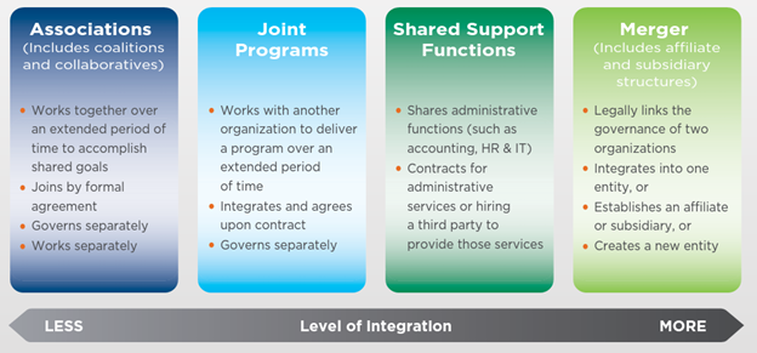
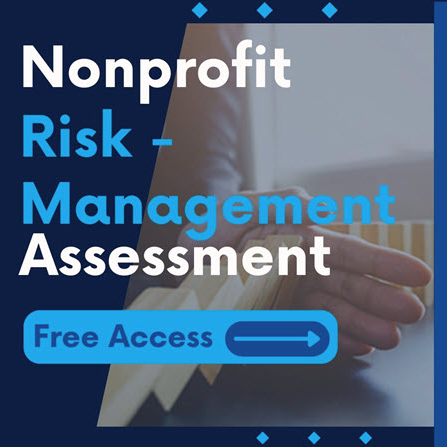
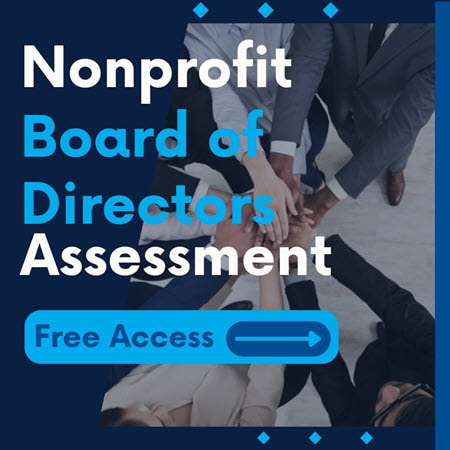
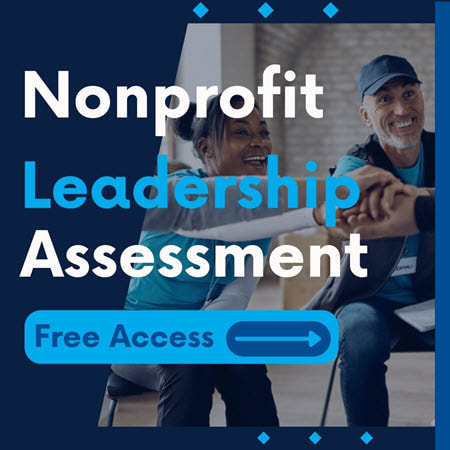
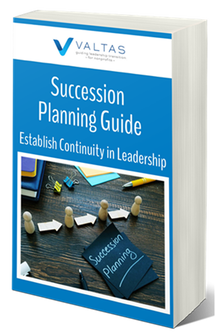
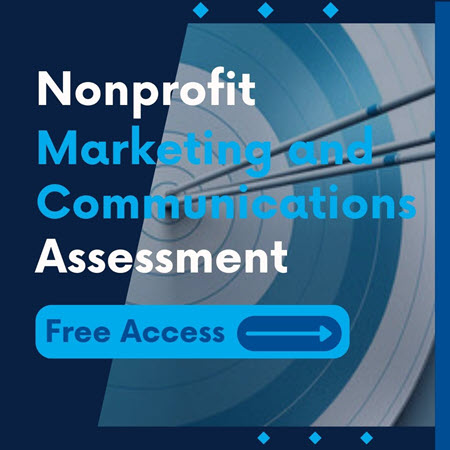
 RSS Feed
RSS Feed
